Is blood pressure 100 over 60 good. Blood Pressure 100/60: Understanding Low Blood Pressure Symptoms and Treatments
What are the symptoms of low blood pressure. How is low blood pressure diagnosed. What are the treatments for low blood pressure. When should you be concerned about low blood pressure. Can low blood pressure be dangerous. How does age affect blood pressure targets. What lifestyle changes can help manage low blood pressure.
Understanding Blood Pressure Readings: What Do the Numbers Mean?
Blood pressure is a vital sign that measures the force of blood pushing against the walls of your arteries as your heart pumps blood. It is typically expressed as two numbers, such as 100/60 mmHg. But what do these numbers actually represent?
- The first number (100) is the systolic pressure, which measures the pressure in your arteries when your heart beats.
- The second number (60) is the diastolic pressure, which measures the pressure in your arteries between heartbeats.
A blood pressure reading of 100/60 mmHg is generally considered to be on the lower end of the normal range. However, whether this is “good” or not depends on various factors, including age, overall health, and the presence of any symptoms.
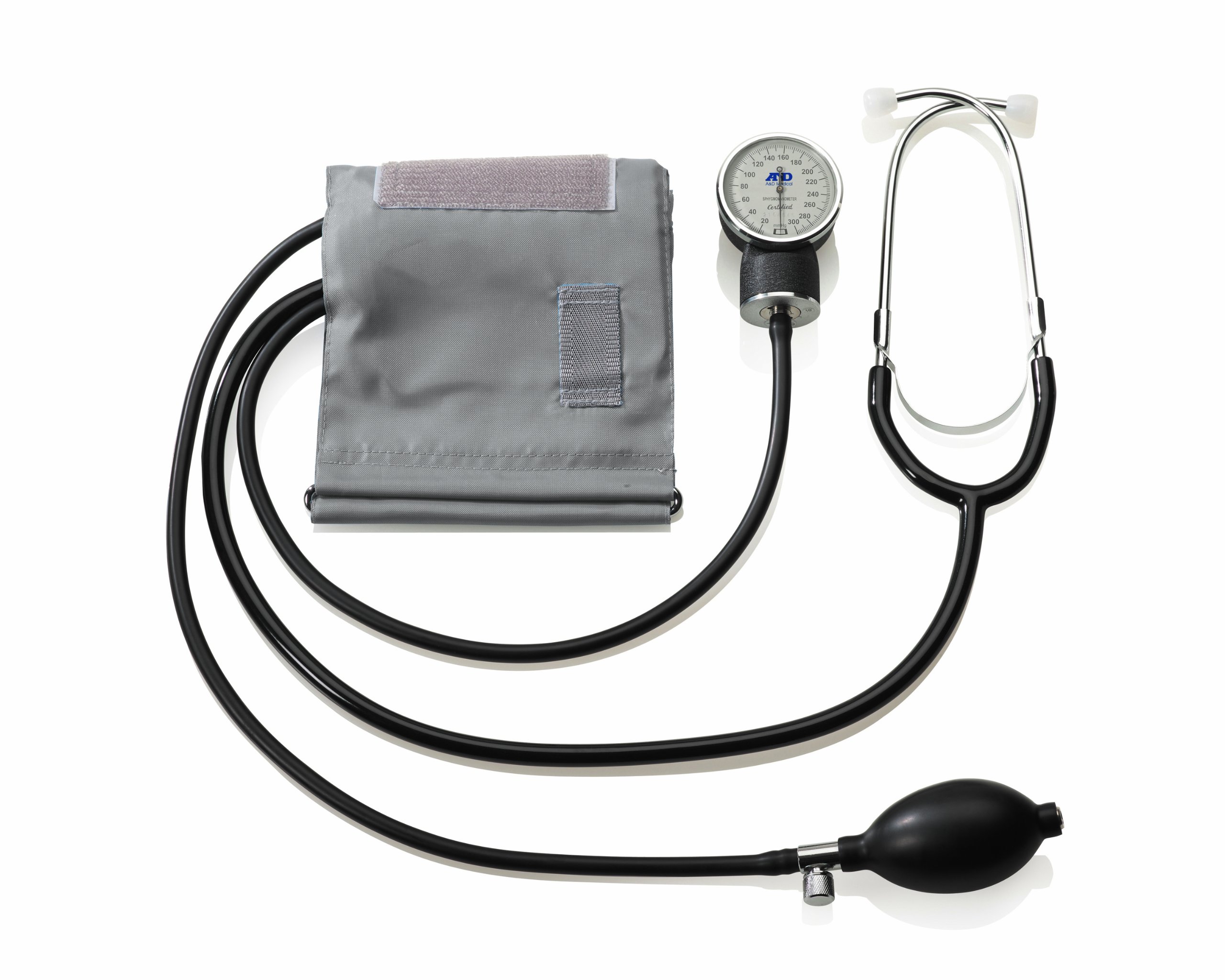
Is 100/60 Considered Low Blood Pressure?
Blood pressure readings below 90/60 mmHg are typically classified as low blood pressure, also known as hypotension. While 100/60 mmHg is not technically considered hypotension, it is on the lower end of the normal range. For some individuals, this may be perfectly healthy, while for others, it could be a cause for concern.
Factors Influencing Blood Pressure
Several factors can influence what is considered a “normal” blood pressure reading for an individual:
- Age
- Gender
- Physical condition
- Underlying health issues
- Medications
- Time of day
For instance, athletes and young adults often have lower blood pressure readings without experiencing any adverse effects. Conversely, older adults may require slightly higher blood pressure to ensure adequate blood flow to their organs.
Symptoms of Low Blood Pressure: When to Be Concerned
While a blood pressure reading of 100/60 mmHg may not necessarily indicate a problem, it’s essential to be aware of the symptoms associated with low blood pressure. If you experience any of the following symptoms, it’s advisable to consult with a healthcare professional:
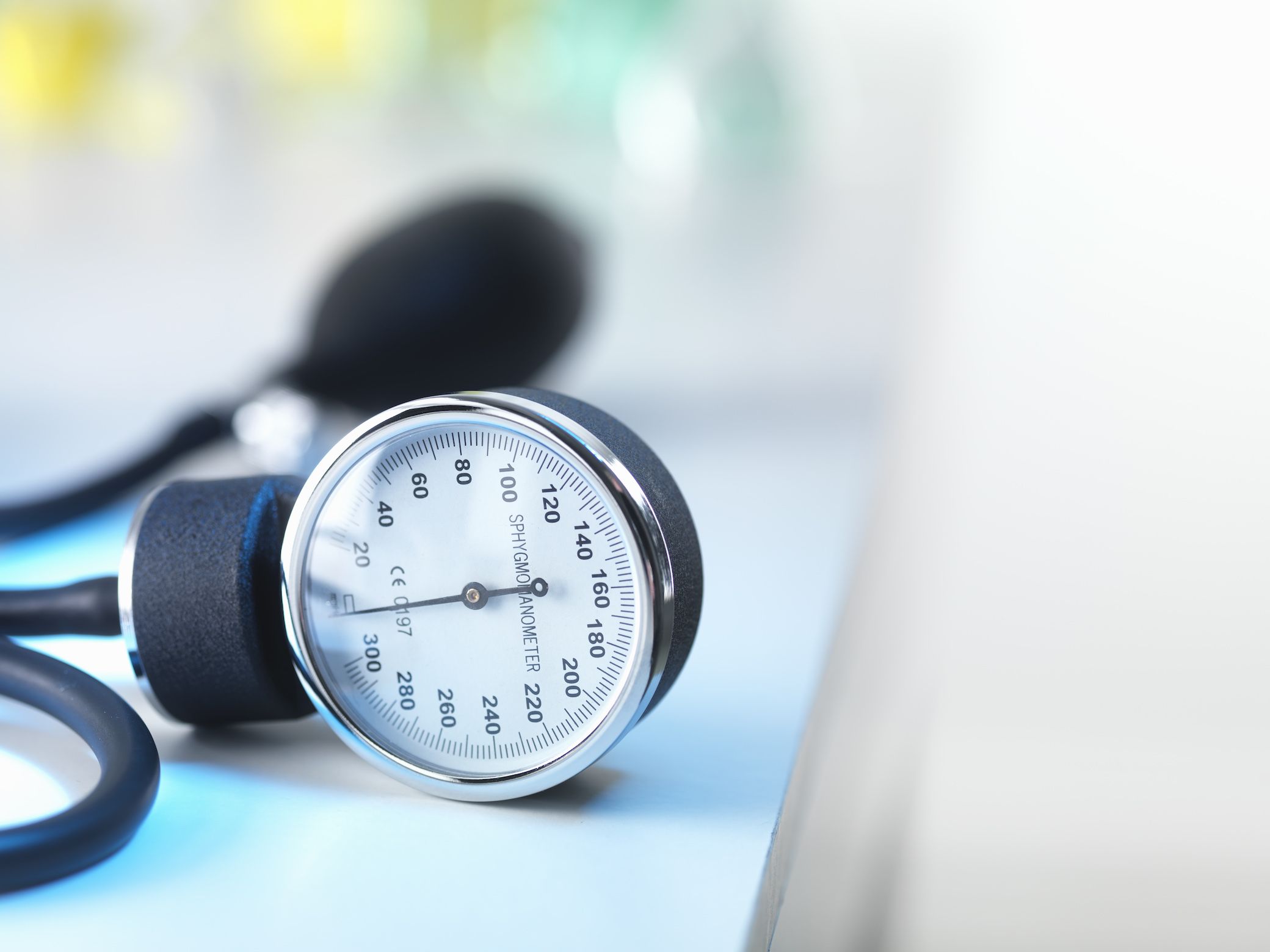
- Dizziness or lightheadedness
- Fainting (syncope)
- Blurred vision
- Nausea
- Fatigue
- Lack of concentration
- Cold, clammy skin
- Rapid, shallow breathing
- Depression
It’s important to note that some individuals may have naturally low blood pressure without experiencing any symptoms. In such cases, low blood pressure is not typically a cause for concern.
Causes of Low Blood Pressure: Identifying the Underlying Factors
Low blood pressure can be caused by various factors, ranging from temporary conditions to chronic health issues. Understanding these causes can help in determining whether a blood pressure reading of 100/60 mmHg is a cause for concern. Some common causes include:
- Dehydration
- Blood loss
- Certain medications (e.g., diuretics, beta-blockers)
- Endocrine problems (e.g., thyroid conditions, adrenal insufficiency)
- Heart problems (e.g., heart valve issues, heart failure)
- Pregnancy
- Nutritional deficiencies (e.g., vitamin B12 or folic acid deficiency)
- Neurological disorders (e.g., Parkinson’s disease)
- Severe infections (septicemia)
- Allergic reactions (anaphylaxis)
If you consistently have low blood pressure readings, especially if accompanied by symptoms, it’s crucial to consult with a healthcare provider to identify any underlying causes.
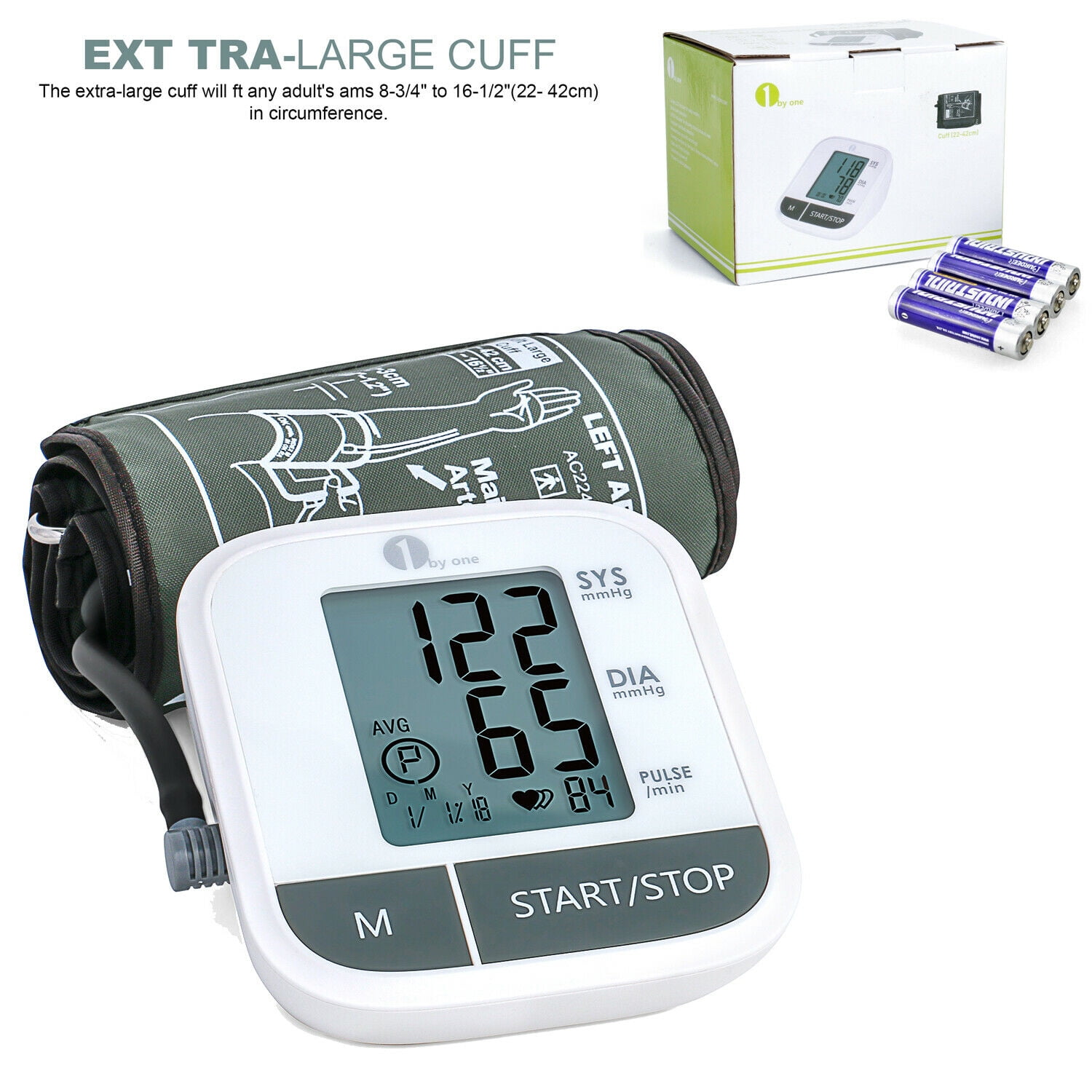
Diagnosing Low Blood Pressure: Tools and Techniques
Diagnosing low blood pressure involves more than just a single blood pressure reading. Healthcare professionals use various tools and techniques to assess whether a patient’s blood pressure is truly low and if it’s causing any health issues.
Blood Pressure Measurement
The primary tool for diagnosing low blood pressure is a sphygmomanometer, which consists of an inflatable cuff and a measuring device. Blood pressure is typically measured in the following ways:
- In-office measurements
- Home blood pressure monitoring
- 24-hour ambulatory blood pressure monitoring
Additional Diagnostic Tests
Depending on the symptoms and suspected causes, a healthcare provider may recommend additional tests, such as:
- Blood tests to check for anemia, blood sugar levels, and electrolyte imbalances
- Electrocardiogram (ECG) to assess heart function
- Echocardiogram to evaluate heart structure and function
- Stress tests to observe blood pressure changes during physical activity
- Tilt table test to diagnose orthostatic hypotension
These tests help healthcare providers determine the underlying cause of low blood pressure and develop an appropriate treatment plan.
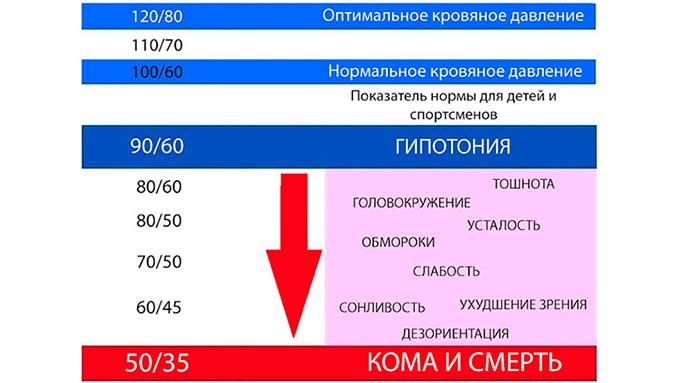
Treatment Options for Low Blood Pressure: Managing Hypotension
The treatment for low blood pressure depends on the underlying cause and the severity of symptoms. In many cases, especially if the low blood pressure is asymptomatic, treatment may not be necessary. However, for those experiencing symptoms or at risk of complications, various treatment options are available:
Lifestyle Modifications
- Increasing fluid and salt intake
- Wearing compression stockings
- Avoiding rapid position changes
- Eating smaller, more frequent meals
- Limiting alcohol consumption
- Staying hydrated
- Regular exercise
Medications
In some cases, medications may be prescribed to treat low blood pressure. These can include:
- Fludrocortisone to increase blood volume
- Midodrine to raise standing blood pressure
- Droxidopa for neurogenic orthostatic hypotension
It’s important to note that medication should only be taken under the guidance of a healthcare professional, as they can have side effects and may interact with other medications.
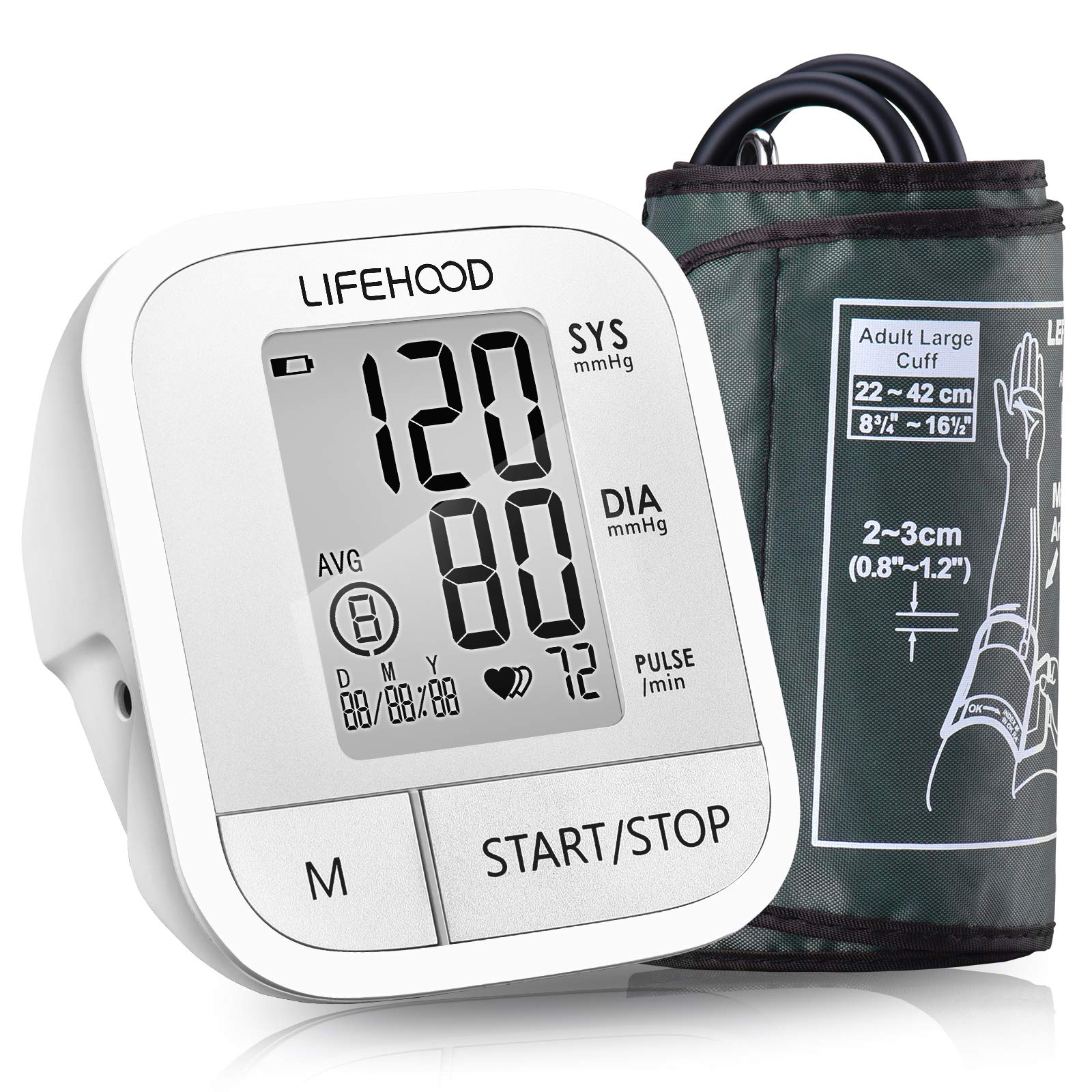
Treating Underlying Conditions
If low blood pressure is caused by an underlying health condition, treating that condition may help resolve the blood pressure issues. For example:
- Adjusting medications that may be causing low blood pressure
- Treating heart conditions
- Addressing hormonal imbalances
- Managing diabetes
Age-Related Blood Pressure Considerations: Tailoring Treatment to Older Adults
As people age, their blood pressure requirements may change. The American College of Physicians and the American Academy of Family Physicians have provided guidelines for treating hypertension in adults aged 60 years or older. These guidelines suggest that blood pressure targets should be determined based on individual history and risk factors.
Key Recommendations for Older Adults
- For adults 60 years or older with systolic blood pressure of 150 mmHg or more, treatment should aim to reduce it to less than 150 mmHg.
- Those who have had a stroke or transient ischemic attack should aim for a systolic blood pressure of less than 140 mmHg.
- For older adults at high risk of cardiovascular events, a target of less than 140 mmHg systolic pressure should be considered on an individual basis.
These guidelines emphasize the importance of individualized treatment plans, taking into account the potential benefits and risks of lowering blood pressure in older adults.

Preventing Low Blood Pressure: Strategies for Maintaining Healthy Levels
While some causes of low blood pressure are beyond our control, there are several strategies that can help prevent or manage low blood pressure:
Dietary Considerations
- Stay hydrated by drinking plenty of fluids
- Increase salt intake (under medical supervision)
- Eat a balanced diet rich in vitamins and minerals
- Limit alcohol consumption
- Eat smaller, more frequent meals to prevent post-meal blood pressure drops
Lifestyle Changes
- Exercise regularly to improve circulation
- Avoid standing for long periods
- Rise slowly from sitting or lying positions
- Wear compression stockings
- Manage stress through relaxation techniques
Medical Considerations
- Review medications with your healthcare provider
- Treat underlying health conditions
- Monitor blood pressure regularly
- Attend regular check-ups with your healthcare provider
By implementing these strategies, many individuals can maintain healthy blood pressure levels and prevent the symptoms associated with low blood pressure.
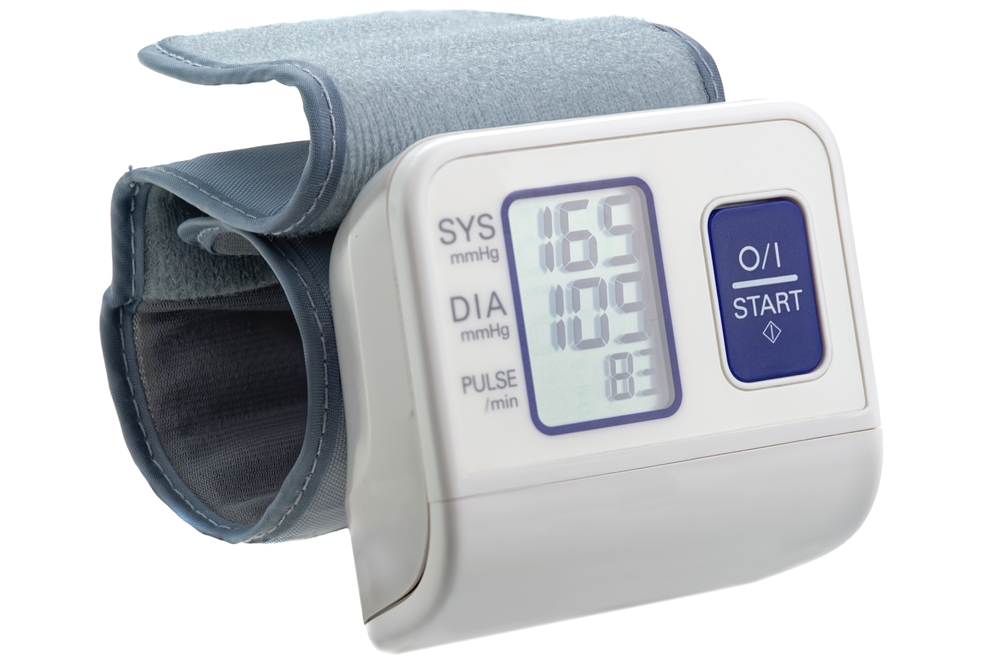
When to Seek Medical Attention: Recognizing Serious Symptoms
While a blood pressure reading of 100/60 mmHg may not always be a cause for concern, there are situations where it’s crucial to seek medical attention. Be aware of the following warning signs:
- Severe dizziness or fainting spells
- Chest pain or shortness of breath
- Rapid or irregular heartbeat
- Confusion or difficulty concentrating
- Blurred vision
- Persistent nausea or vomiting
- Cold, clammy, pale skin
- Severe headache
If you experience any of these symptoms, especially if they are sudden or severe, it’s important to seek immediate medical attention. These could be signs of a more serious underlying condition that requires prompt treatment.
Emergency Situations
In some cases, low blood pressure can be life-threatening. Call emergency services immediately if you or someone else experiences:
- Loss of consciousness
- Signs of shock (weak pulse, rapid breathing, cold and sweaty skin)
- Severe allergic reaction (anaphylaxis)
- Uncontrolled bleeding
Remember, it’s always better to err on the side of caution when it comes to your health. If you’re unsure whether your symptoms warrant medical attention, it’s best to consult with a healthcare professional.

Living with Low Blood Pressure: Adapting Your Lifestyle
For individuals who have chronic low blood pressure or are prone to low blood pressure episodes, making certain lifestyle adjustments can significantly improve quality of life. Here are some strategies to consider:
Daily Routines
- Keep a blood pressure diary to identify patterns and triggers
- Plan activities around your energy levels
- Take breaks and rest when needed
- Avoid hot showers or saunas that can lower blood pressure
- Use a shower chair if you feel dizzy while bathing
Physical Activity
Regular exercise can help improve circulation and prevent blood pressure drops. Consider:
- Low-impact activities like swimming or cycling
- Strength training to improve muscle tone and circulation
- Yoga or tai chi for balance and circulation
Always consult with your healthcare provider before starting a new exercise regimen, especially if you have a history of low blood pressure.
Work and Social Life
Managing low blood pressure in professional and social settings can be challenging. Consider these tips:
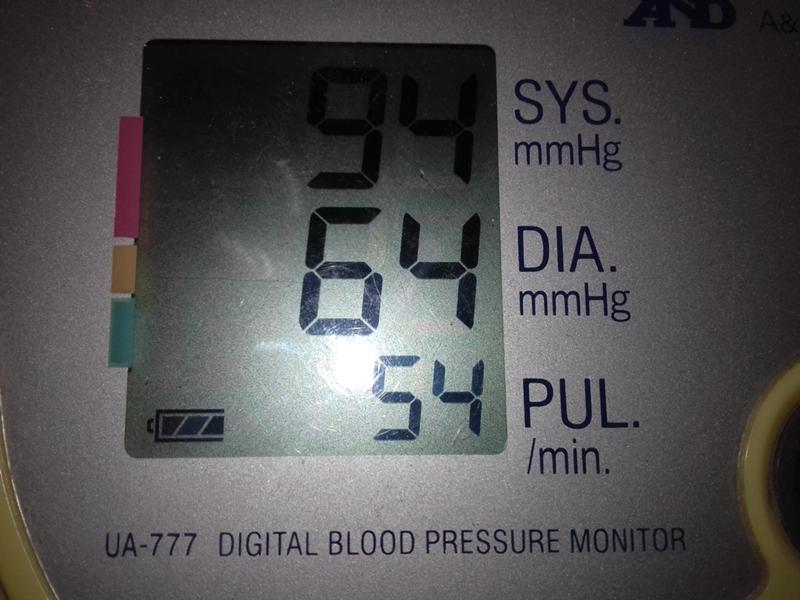
- Inform colleagues or friends about your condition
- Take regular breaks during long meetings or events
- Keep snacks and water handy
- Avoid alcohol at social gatherings, or limit consumption
By making these adjustments and being proactive about managing your blood pressure, you can lead a full and active life despite having low blood pressure tendencies.
Future Perspectives: Advances in Blood Pressure Management
As medical research continues to advance, new approaches to managing blood pressure are emerging. These developments offer hope for more personalized and effective treatments for both high and low blood pressure in the future.
Emerging Technologies
- Wearable devices for continuous blood pressure monitoring
- Artificial intelligence algorithms for predicting blood pressure fluctuations
- Gene therapy approaches for blood pressure regulation
- Novel drug delivery systems for more targeted treatments
Personalized Medicine
The future of blood pressure management lies in personalized medicine, which takes into account an individual’s genetic makeup, lifestyle factors, and specific health conditions to tailor treatment plans. This approach may include:

- Genetic testing to determine susceptibility to blood pressure issues
- Pharmacogenomics to predict medication responses
- Customized lifestyle interventions based on individual risk factors
As research progresses, these advancements may lead to more effective strategies for managing blood pressure, including cases where readings like 100/60 mmHg are a concern.
Integrative Approaches
There is growing interest in integrative approaches that combine conventional medical treatments with complementary therapies. Some areas of exploration include:
- Mindfulness and meditation techniques for stress reduction and blood pressure regulation
- Acupuncture and traditional Chinese medicine practices
- Nutritional approaches, including the use of specific dietary supplements
- Biofeedback and other mind-body techniques
While many of these approaches require further research to establish their effectiveness, they represent exciting possibilities for comprehensive blood pressure management in the future.
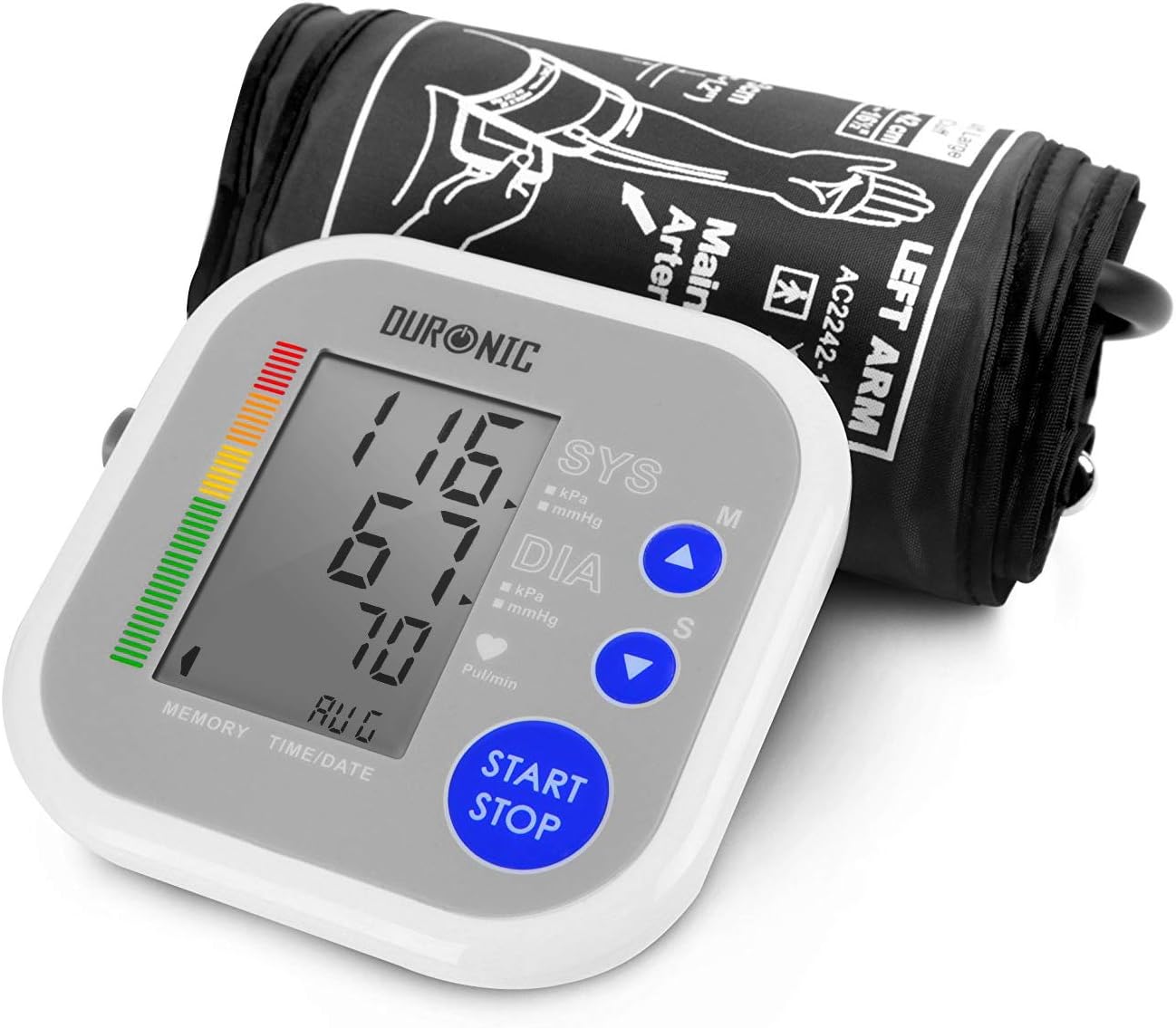
As we continue to deepen our understanding of blood pressure regulation and its impact on overall health, individuals with readings like 100/60 mmHg can look forward to more nuanced, effective, and personalized approaches to maintaining optimal cardiovascular health.
In people 60 years of age or older, blood pressure targets should be determined based on their history and risk factors
Back
Evidence Summary
What is an Evidence Summary?
Key messages from scientific research that’s ready to be acted on
Got It, Hide this
- Rating:
Qaseem A, Wilt TJ, Rich R, et al. Pharmacologic Treatment of Hypertension in Adults Aged 60 Years or Older to Higher Versus Lower Blood Pressure Targets: A Clinical Practice Guideline From the American College of Physicians and the American Academy of Family Physicians. Ann Intern Med. 2017;166:430-7.
Review question
In older adults who have hypertension (high blood pressure), what are the best blood pressure targets?
Background
Blood pressure is reported with 2 numbers, such as 120/80 mm Hg. The first number is the systolic blood pressure and it tells you how much pressure your blood exerts against your artery walls when your heart beats. The second number is the diastolic blood pressure and it tells you how much pressure your blood exerts on your artery walls between heart beats.
The first number is the systolic blood pressure and it tells you how much pressure your blood exerts against your artery walls when your heart beats. The second number is the diastolic blood pressure and it tells you how much pressure your blood exerts on your artery walls between heart beats.
Hypertension is blood pressure that is higher than normal. It is a very common disease and increases a person’s risk for other diseases, such as heart attack and stroke, and death. How much a person’s blood pressure should be lowered, especially for people 60 years of age or older, is not known.
How the review was done
The researchers did a systematic review, searching for studies up until September 2016.
They found 21 randomized controlled trials and 3 cohort studies of different blood pressure targets.
The key features of the studies were:
- people were 60 years of age or older and had hypertension; and
- the aim was to lower systolic blood pressure (first number) to less than 150 mm Hg or to less than 140 mm Hg.

What the researchers found
Treatment targets should always be determined after discussion between the person and their doctor about the potential benefits and harms of lowering blood pressure.
Adults 60 years of age or older with systolic blood pressure of 150 mm Hg or more should be treated with a goal of reducing systolic blood pressure to less than 150 mm Hg.
Adults 60 years of age or older who have had a stroke or transient ischemic attack (mini stroke) should be treated with a goal of reducing their systolic blood pressure to less than 140 mm Hg.
Adults 60 years of age or older who are at high risk for cardiovascular events (e.g., heart attack) should be treated with a goal of reducing their systolic blood pressure to less than 140 mm Hg, but this decision should be made on an individual basis.
Conclusion
In adults 60 years of age or older, blood pressure treatment targets should be determined based on a patient’s history and risk factors.
American College of Physicians’ and American Academy of Family Physicians recommendations for people 60 years of age or older with hypertension (high blood pressure)
Adults 60 years of age or older | Treatment targets should always be determined after discussion with the doctor about the potential benefits and harms of lowering blood pressure. | Not applicable |
Adults 60 years of age or older with systolic blood pressure 150 mm Hg or more | The goal should be to treat to reduce systolic blood pressure to less than 150 mm Hg. | High |
Adults 60 years of age or older who have had a stroke or transient ischemic attack | The goal should be to treat to reduce systolic blood pressure to less than 140 mm Hg | Moderate |
Adults 60 years of age or older who are at high risk for cardiovascular events (e. | The goal of treating to reduce systolic blood pressure to less than 140 mm Hg should be considered, but this decision should be made on an individual basis | Low |
View Clinician article
Related Topics
- High blood pressure (hypertension)
Glossary
Diastolic
The lower number in a blood pressure reading. It is the pressure when the heart rests between beats.
Randomized controlled trials
Studies where people are assigned to one of the treatments purely by chance.
Risk factors
Aspects making a condition more likely.
Systematic review
A comprehensive evaluation of the available research evidence on a particular topic.
Systolic
The higher number in a blood pressure reading. It is the pressure in the arteries when the heart beats.
It is the pressure in the arteries when the heart beats.
Vascular
The body’s network of blood vessels. It includes the arteries, veins, and capillaries that carry blood to and from the heart.
Related Evidence Summaries
Calcium supplementation for prevention of primary hypertension
Cochrane Database Syst Rev (2021)
In adults with pre-hypertension to established hypertension, Dietary Approach to Stop Hypertension (DASH) may be the most effective non-drug strategy for reducing blood pressure
Journal of the American Heart Association (2020)
Providing patients and their care providers with information about cardiovascular disease risk may help with prevention measures
BMJ Open (2015)
Related Web Resources
Blood pressure screening
Health Link B.
 C.
C.Hypertension Canada recommends that all adults get their blood pressure tested when they visit the doctor. How often your blood pressure needs to be checked will be determined by your doctor based on your blood pressure and risk for heart disease.
Patient education: High blood pressure in adults (Beyond the Basics)
UpToDate – patient information
Blood is transported from the heart to other organs and areas of the body by the arteries. Blood pressure is the pressure that is exerted on the inner walls of these arteries by blood. Generally, to be diagnosed with high blood pressure, you must exhibit continuously high blood pressure at two different doctor’s visits spaced at least 7 days apart.

High blood pressure
Informed Health Online
High blood pressure can lead to a variety of medical issues if left untreated. It is often symptomless until it becomes extremely high, at which point people can experience vision problems and dizziness. High amounts of salt and alcohol intake, excess weight, lack of physical activity, family history, certain medications, and an overactive thyroid are some causes and risk factors for high blood pressure. Strategies such as consuming less salt, exercising more, losing weight, and medication prescribed by a health care provider can be used to help lower blood pressure.
DISCLAIMER These summaries are provided for informational purposes only. They are not a substitute for advice from your own health care professional. The summaries may be reproduced for not-for-profit educational purposes only. Any other uses must be approved by the McMaster Optimal Aging Portal
They are not a substitute for advice from your own health care professional. The summaries may be reproduced for not-for-profit educational purposes only. Any other uses must be approved by the McMaster Optimal Aging Portal
([email protected]).
Abnormal Blood Pressure Levels in Pregnancy
Blood pressure and pregnancy
During pregnancy, your body goes through numerous physical changes to accommodate fetal growth and development. Throughout these nine months, it’s ideal to have a normal blood pressure reading.
Your blood pressure is the force of your blood pushing against the walls of your arteries. Every time your heart beats, it pumps blood into the arteries, which then carry the blood to the rest of your body. The blood typically moves through the arteries at a certain rate. However, various factors can disrupt the normal rate at which blood flows through the vessels, causing an increase or decrease in pressure. Increased pressure in the arteries can result in an elevated blood pressure reading.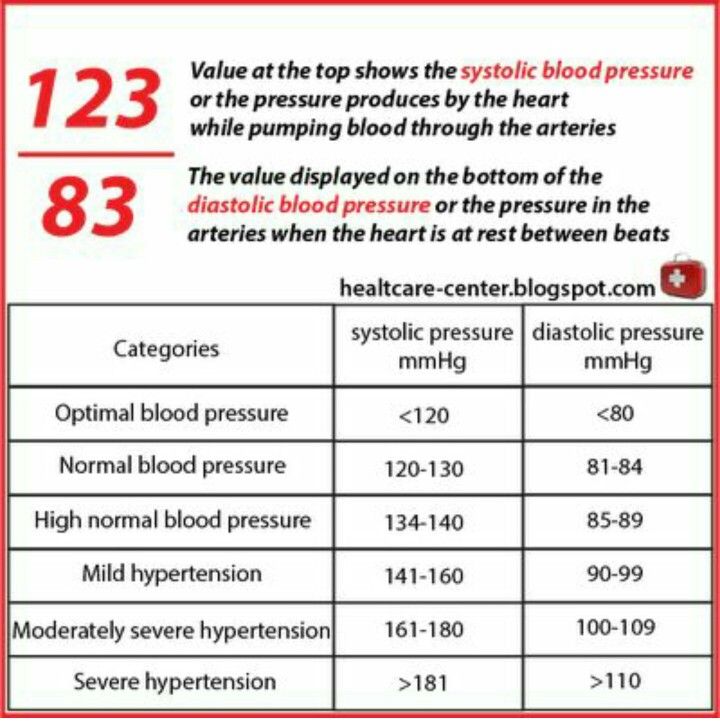 Decreased pressure in the arteries can result in a low blood pressure reading.
Decreased pressure in the arteries can result in a low blood pressure reading.
Blood pressure is recorded as two types of numbers. The systolic number is the top number, which indicates the amount of pressure in the arteries when your heart beats. The diastolic number is the bottom number, which indicates the amount of pressure in the arteries between heartbeats. Your blood pressure naturally rises with each heartbeat and falls when the heart rests in between beats. However, the rapid changes your body goes through during pregnancy can greatly influence these numbers and cause a drastic change in blood pressure.
According to the American Heart Association (AHA), a normal blood pressure reading is 120/80 mm Hg and below. Readings below 90/60 mm Hg indicate low blood pressure, or hypotension. Readings above 140/90 mm Hg in pregnancy indicate high blood pressure, or hypertension. Hypertension is seen far more often in pregnancy than hypotension. About 10 percent of all pregnancies in the United States are complicated by high blood pressure issues.
An abnormal blood pressure during pregnancy is a cause for concern. Both you and your baby may be at an increased risk of health complications. However, you may be able to prevent problems by attending regular prenatal appointments so your doctor can monitor your blood pressure closely. You may also want to consider learning more about related conditions so you can help manage factors affecting your blood pressure.
How to detect abnormal blood pressure
The AHA defines abnormal blood pressure readings in non-pregnant adults as follows:
- Elevated blood pressure is a systolic number between 120 and 129 and a diastolic number lower than 80.
- In stage 1 hypertension, the systolic number is between 130 and 139 or the diastolic number is between 80 and 89.
- In stage 2 hypertension, the systolic number is 140 or higher or the diastolic number is 90 or higher.
- In a hypertensive crisis, the systolic number is higher than 180 and/or the diastolic number is higher than 120.

You may not always be able to tell whether your blood pressure is too high or too low. In fact, hypertension and hypotension may not cause noticeable symptoms. If you do experience symptoms, they may include the following:
Symptoms of hypertension
High blood pressure, or hypertension, in pregnancy is usually defined as 140/90 mm Hg or higher. It may cause:
- flushed skin
- swelling of the hands or feet
- headaches
- shortness of breath
- abdominal pain
- nausea
- vomiting
- changes in vision
Symptoms of hypotension
Low blood pressure, or hypotension, is usually defined as 90/60 mm Hg or less. It may cause:
- dizziness
- difficulty concentrating
- cold, clammy skin
- blurred vision
- rapid breathing
- depression
- sudden tiredness
- extreme fatigue
If you suspect you have symptoms of hypertension or hypotension, you should see your doctor right away to help prevent possible complications.
The symptoms of hypertension and hypotension aren’t always present. The best way to know if you have abnormal blood pressure is to take a blood pressure test. Blood pressure tests are often done at regular checkup appointments, and your doctor should perform them throughout your pregnancy.
While these tests are most commonly performed in a medical setting, they can also be done at home. Many local drug stores carry at-home blood pressure monitors that you can use to check your blood pressure. However, make sure to consult with your doctor before you try monitoring your blood pressure at home. Your doctor may have specific instructions regarding when and how often you should check your blood pressure.
Causes of abnormal blood pressure during pregnancy
The AHA estimates that 1 out of every 3 American adults has hypertension. In pregnancy, hypertension can be classified into two main categories: chronic hypertension and hypertension related to pregnancy. Chronic hypertension refers to high blood pressure that was present before pregnancy. You may also be diagnosed with this condition if you develop hypertension during the first 20 weeks of pregnancy. You may still have the condition after giving birth.
Chronic hypertension refers to high blood pressure that was present before pregnancy. You may also be diagnosed with this condition if you develop hypertension during the first 20 weeks of pregnancy. You may still have the condition after giving birth.
High blood pressure disorders related to pregnancy generally develop after the first 20 weeks of pregnancy. There are several types of disorders that range in severity. A 2016 review published in Integrated Blood Pressure Control suggests that age, obesity, and underlying health problems seem to contribute to these conditions. Though these conditions usually go away after you give birth, your risk of getting hypertension in the future is much higher if you develop any of them.
Hypotension, while much less common, can be directly related to pregnancy. Your circulatory system expands during pregnancy to accommodate your fetus. As circulation expands, you might experience a small drop in blood pressure. According to the AHA, this is most common during the first 24 weeks of pregnancy.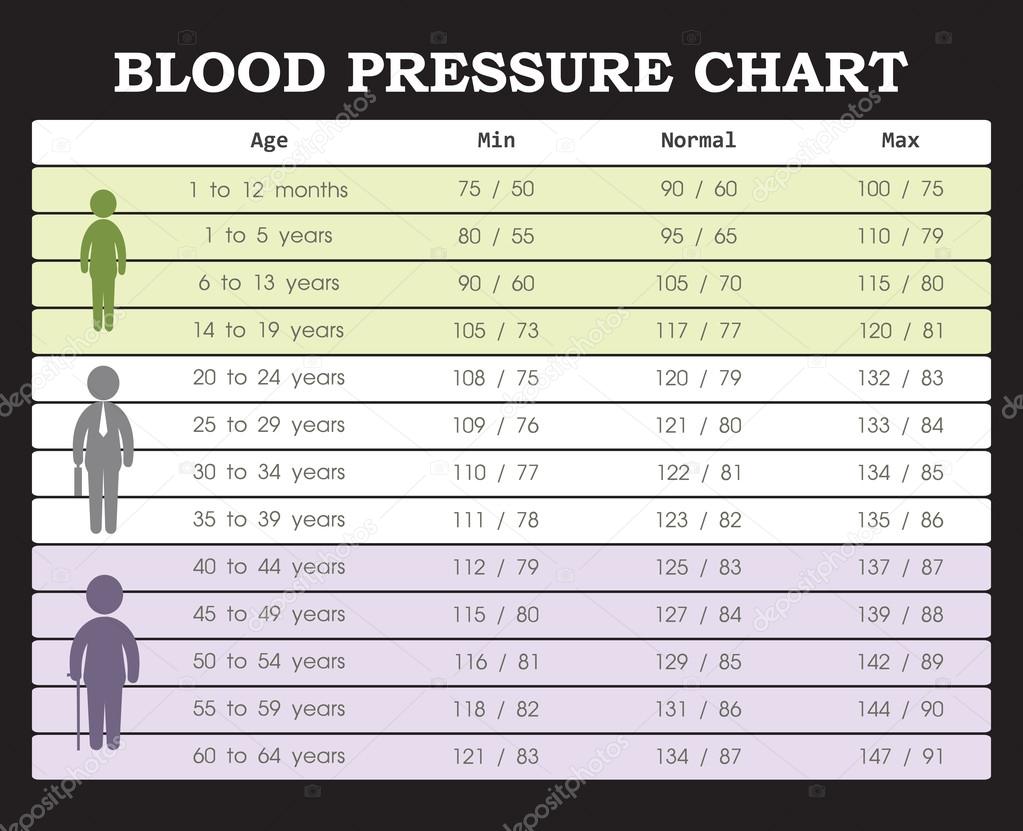 Still, this amount is usually not significant enough to cause concern.
Still, this amount is usually not significant enough to cause concern.
Hypotension may also be caused by:
- dehydration
- diabetes
- low blood sugar
- heart problems
- thyroid problems
- severe allergic reactions
- blood loss
- infection
- malnutrition, particularly a lack of folic acid, B vitamins, and vitamin D
Treating abnormal blood pressure during pregnancy
Hypertension in pregnancy must be monitored closely to prevent potentially life-threatening complications. Your doctor will recommend frequent doctor visits for fetal monitoring, as well as urine and blood tests. Your doctor will likely ask you to keep track of how often your baby kicks each day. A decrease in movement may be problematic and may indicate the need for an early delivery.
Your doctor will also perform ultrasounds throughout your pregnancy to help ensure that your baby is growing properly. Medications may also be recommended depending on the type and severity of high blood pressure issues you develop.
Mild cases of hypotension usually don’t require treatment. Instead, your doctor may advise you to use caution when standing up so you don’t fall. More serious cases may require you to:
- drink more fluids, especially water
- wear compression socks
- consume more salt
- stand on your feet less frequently
- take frequent breaks when standing
Complications of abnormal blood pressure during pregnancy
Hypertension puts you and your baby at an increased risk of complications. These include:
- a preterm delivery, which is a delivery that occurs before 37 weeks
- a need for a cesarean delivery
- fetal growth problems
- placental abruption
- preeclampsia and eclampsia
Hypotension can pose challenges to pregnancy. A study published in 2010 showed that nearly half of all cases of hypotension in pregnancy occur in women who already have this condition. This study also reported that women with ongoing hypotension during pregnancy were more likely to have nausea, vomiting, vaginal bleeding, and anemia.
Preventing abnormal blood pressure during pregnancy
The best way to lower your risk of complications is to prevent abnormal blood pressure in the first place. It’s helpful to visit your doctor for a physical exam before becoming pregnant so that any blood pressure abnormalities can be detected early. It’s also best to be a healthy weight before pregnancy.
According to the American College of Obstetricians and Gynecologists, there are no proven methods to prevent high blood pressure during pregnancy. However, you should strive to be in the best possible health before getting pregnant by:
- eating a healthy diet
- managing any preexisting conditions, such as diabetes
- limiting alcohol
- quitting smoking
- exercising at least three times per week
Outlook for pregnant women with abnormal blood pressure
Hypertension that develops during pregnancy is often resolved after giving birth. Make sure to attend regular prenatal checkups so your doctor can monitor the health of your baby and look for any signs of abnormal blood pressure. If your doctor prescribes medication to control your blood pressure, make sure to take the medication as directed. For preexisting cases of elevated blood pressure, you’ll likely need to continue taking medications after your baby is born.
If your doctor prescribes medication to control your blood pressure, make sure to take the medication as directed. For preexisting cases of elevated blood pressure, you’ll likely need to continue taking medications after your baby is born.
How to increase blood pressure at home quickly and without medication
If hypotension does not make a person feel worse, there is no need to specially increase blood pressure. A condition accompanied by negative symptoms requires the consultation of a doctor who can establish a specific cause. However, you can often get rid of the symptoms of hypotension using the simplest things.
Increase your salt intake
Salt helps to retain water in the arteries and thus increases blood pressure. Thus, its consumption is essential to reduce low blood pressure problems.
At the same time, do not forget that salty foods increase blood pressure and lead to heart disease. Add table salt to whole, unprocessed foods to control the amount, and avoid refined and prepared salty foods.
Drink enough water
Dehydration can cause hypotension. Vomiting, severe diarrhea, fever, strenuous exercise, and certain medications (eg, diuretics) lead to rapid fluid loss.
Good hydration leads to an increase in blood volume and will help stabilize blood pressure. In addition, fluids containing sodium can have a double benefit. To drink more water will help an alarm clock or a timer to remind you.
Try to limit your alcohol intake as well. It dilates blood vessels and causes a drop in pressure, and the diuretic effect exacerbates dehydration and, therefore, hypotension.
Try coffee and green tea
One common way to build up pressure at home is to drink green tea or coffee. However, this does not always work. Indeed, a drink containing caffeine helps to normalize blood circulation in the short term and increase blood pressure, but in the long run it can lead to dehydration, since caffeine is a diuretic. Moreover, caffeine as a hypertensive factor works well for those who rarely drink coffee, but for real coffee lovers it may not work.
Increase your vitamin B9 and B12 intake
Hypotension can occur when the body cannot produce enough blood due to anemia caused by low levels of vitamins B12, B9 (folic acid) and iron. Natural blood loss during menstruation or after childbirth also lowers hemoglobin and can cause a drop in blood pressure.
In this case, regular consumption of foods containing the necessary vitamins and minerals will help increase it.
Most of them are found in meat, buckwheat, oatmeal, lentils and other legumes. You can also raise the level of iron, vitamins B9 and B12 with the help of vitamin-mineral complexes.
Low blood pressure can occur even after a large meal. This often happens in old age and is due to the fact that after eating, the blood begins to circulate through the digestive tract, and the heart rate increases. You can prevent a drop in pressure if you limit the amount of food, especially carbohydrates.
Diet for hypotension should be aimed at increasing the general tone of the body, replenishing the deficiency of vitamins and minerals, accelerating metabolic processes and normalizing the water-salt balance.
Dietary supplement Golden Pharm Iron Chelate is a source of a bioavailable form of iron, which contributes to the normal formation of red blood cells and hemoglobin, normalization of oxygen transport in the body. Taking the supplement will help in the process of cell division and the normal functioning of the immune system, improve the cognitive functions of the brain, reduce fatigue and fatigue, and prevent the development of anemia.
Iron bisglycinate is a complex compound of a metal with an amino acid. It consists of one iron molecule, which is connected to the carboxyl groups of two glycine molecules using covalent bonds, so the chelate compound does not undergo hydrolysis in the stomach, is completely absorbed in the small intestine and enters the enterocytes unchanged, where the iron molecule is released. The bioavailability of iron bisglycinate approaches 90-100%.
Dietary supplement of vitamin B9 from the American manufacturer of vitamins and mineral complexes Country Life. It is used as an additional source of an important nutrient in case of its deficiency in the body.
It is used as an additional source of an important nutrient in case of its deficiency in the body.
Folate (or natural folic acid) is a form of vitamin B9 found naturally in foods. Folic acid is an artificially synthesized substance that is used as a supplement. Folic acid is essential for the normal formation of blood cells, including the maturation of erythroblasts and the formation of normoblasts. In addition, it is involved in the production of “happiness” hormones and provides a good mood.
Vitamin B12 dietary supplement from the American manufacturer of vitamins and mineral complexes Country Life.
Vitamin B12 is important for making red blood cells, which help transport oxygen throughout the body. It is responsible for our well-being, prevents fatigue, dizziness and improves stress tolerance. The lack of this vitamin leads to anemia, numbness of the limbs, loss of balance and memory impairment. It is also recommended for Crohn’s disease, problems with the gastrointestinal tract, as it helps to normalize the acidity in the stomach. Since vitamin B12 is found exclusively in animal products, the supplement can be part of the vegan diet.
Since vitamin B12 is found exclusively in animal products, the supplement can be part of the vegan diet.
Other methods
Compression stockings
Elastic stockings or socks will help prevent blood from pooling in your legs. This will alleviate orthostatic or postural hypotension caused by standing, lying or sitting for too long.
Bedridden people may need compression devices to help drain blood from their legs.
Rest
In case of severe fatigue, rest is the easiest solution. Give yourself a nap after eating to help your body with complete digestion that needs blood flow and don’t forget to elevate your legs. This may help raise the pressure a little.
Warm up
To avoid discomfort caused by a drop in blood pressure, take time to warm up before exercise, massage your feet and wiggle your toes, then stand up slowly. Moderate and regular physical activity can help improve overall circulation.
What to do in the event of a sudden drop in pressure
If the pressure has dropped, sit or lie down, elevate your legs to drive blood to the brain and increase blood flow.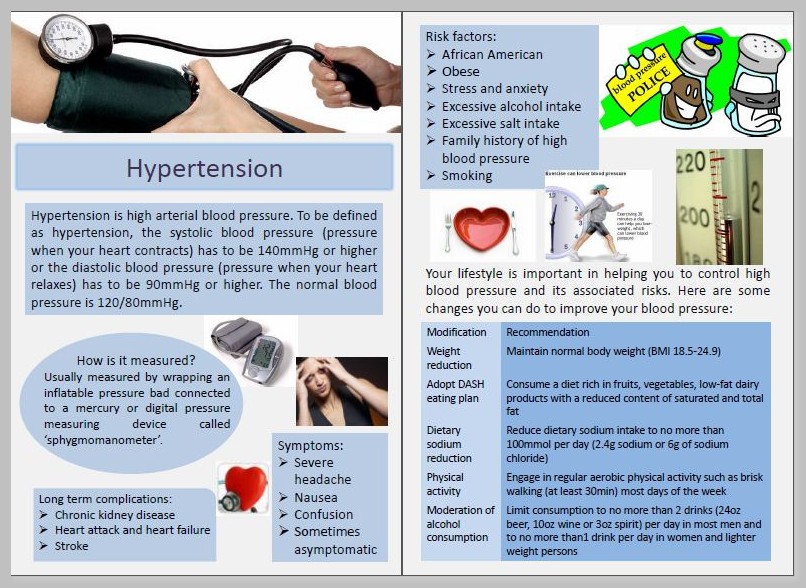 If you can’t do this while sitting, loosen tight clothing and tilt your head forward between your legs.
If you can’t do this while sitting, loosen tight clothing and tilt your head forward between your legs.
How to increase blood pressure with folk remedies
If low blood pressure is temporary and you feel unwell, for example, due to a sudden change in the weather or a long plane flight, you can try quick folk methods.
It is possible to artificially induce an increase in pressure if:
✓ take a contrast shower
✓ eat a pickle or a piece of dark chocolate
✓ drink a couple of cups of strong natural coffee.
However, if hypotension is associated with existing diseases, such express methods are best avoided so as not to harm the body.
Herbs
When the pressure drops, you can take a tincture of ginseng root or eleutherococcus. The “root of life” ginseng has been used in medicine for more than two thousand years. Depending on the dosage, it can both increase and decrease blood pressure. Normalization of the state occurs by improving the overall tone of the body, accelerating metabolic processes, strengthening the walls of blood vessels.
Normalization of the state occurs by improving the overall tone of the body, accelerating metabolic processes, strengthening the walls of blood vessels.
Eleutherococcus tincture is prescribed for general exhaustion of the body, physical overload, anemia, atherosclerosis. Biologically active substances of the plant increase vascular tone and normalize blood pressure. It is a proven remedy for nervous disorders, immune system problems and low blood pressure.
Important! All herbal remedies can only be used as an adjunct therapy after consultation with the doctor and at the recommended dosage.
Massage
Blood pressure can be increased using the acupressure technique.
Chinese medicine in such cases recommends massaging the following points:
✦ between eyebrows
✦ on the inside of the foot
✦ in the hole behind the ankle
✦ on the inside of the wrist at the base of the thumb
✦ symmetrical points in the chest area in the infraclavicular fossae
✦ earlobes.
Impact on some biologically active points irritates the nerve endings and activates the blood circulation process.
Important! Special massages should only be performed by qualified medical professionals .
RCMP
Find time for health – this is the only treasure of life! Paul Bragg |
Home/ Prevention/ Information materials for the population/ Articles/ What is arterial hypotension and should we fight it?
Hypotension is a broad term that is used to describe cases of persistent reduction in blood pressure to 100/60 and below under various physiological and pathological conditions.
The causes of arterial hypotension can be very different. Arterial hypotension can occur in healthy individuals, accompany the course of various diseases or be an independent form, therefore, physiological and pathological (primary or symptomatic secondary) arterial hypotension are distinguished in the classification of hypotonic conditions.
Physiological arterial hypotension can be observed in healthy people as a variant of the norm, which has a hereditary constitutional character, in trained athletes, in conditions of adaptation to a sharp change in weather or climatic conditions, in residents of the highlands and tropics, in childhood and adolescence. In most cases, physiological hypotension does not cause much discomfort to a person.
The cause of primary arterial hypotension in 80% of cases is a violation of the function of the vasomotor centers of the brain, whose task is to coordinate the activities of the endocrine system and the autonomic nervous system, aimed at maintaining the functions of internal organs and regulating vascular tone. The trigger mechanism in this case is often traumatic situations, chronic fatigue, stress.
Symptomatic (secondary) arterial hypotension may accompany other diseases and pathological conditions. The mechanisms of its development are mainly in the disruption of the systems that maintain normal blood pressure. In particular, a decrease in pressure can occur as a result of the following reasons:
In particular, a decrease in pressure can occur as a result of the following reasons:
– decrease in the volume of circulating blood due to dehydration, blood loss;
– decrease in the tone of arterial vessels with various intoxications, allergic reactions;
– decrease in heart function in heart failure, heart defects, cardiomyopathies, myocarditis;
– taking medications that reduce blood pressure;
– decreased function of the thyroid gland, adrenal glands;
– diseases of the nervous system;
– hematological diseases, anemia;
– deficiency of vitamins B, C, E and other diseases.
Allocate acute and chronic secondary arterial hypotension. The most dangerous is acute hypotension (collapse, shock), which develops suddenly, is usually accompanied by a decrease in oxygen supply to the brain (hypoxia) and a decrease in the functions of vital organs. The severity of the condition depends not so much on the magnitude of blood pressure, but on the speed and degree of its decrease. Acute arterial hypotension can occur with acute circulatory failure, severe poisoning (alcohol, drugs, drugs), acute infection and sepsis, blood loss, dehydration. Acute hypotension is more often a complication of the disease, has an obvious cause and requires emergency care.
Acute arterial hypotension can occur with acute circulatory failure, severe poisoning (alcohol, drugs, drugs), acute infection and sepsis, blood loss, dehydration. Acute hypotension is more often a complication of the disease, has an obvious cause and requires emergency care.
Hypotension is a fairly common condition. Symptoms of hypotension give patients a lot of inconvenience and significantly reduce the quality of life. The main symptom, in addition to reduced blood pressure, is a headache. The nature of the headache can be varied. Usually it is dull, pressing, but it can also be pulsating, paroxysmal. Often the pain appears after physical or mental overstrain, after sleep, especially during the day. Usually the pain does not have a clear localization: it can capture the entire head, periodically worsen and appear in the frontal, parietal, occipital region. Sometimes the headache is accompanied by yawning, nausea, and vomiting.
Most hypotensive patients have difficulty adapting to meteorological factors. They do not tolerate hot and stuffy rooms, various smells. Decreased working capacity, increased fatigue during physical and neuropsychic stress, dizziness and flies before the eyes when changing body position, a tendency to fainting, impaired thermoregulation, and memory impairment are often noted. With arterial hypotension, there are often changes in heart rate, fluctuations in body temperature, sweating, impaired motility of the large intestine, sleep disorders and emotional state. Such patients may experience autonomic crises with hypothermia, profuse sweating, bradycardia, a drop in blood pressure up to fainting, abdominal pain, nausea, vomiting, difficulty breathing due to laryngeal spasm. Prolonged course of arterial hypotension can cause menstrual irregularities in women and potency in men.
They do not tolerate hot and stuffy rooms, various smells. Decreased working capacity, increased fatigue during physical and neuropsychic stress, dizziness and flies before the eyes when changing body position, a tendency to fainting, impaired thermoregulation, and memory impairment are often noted. With arterial hypotension, there are often changes in heart rate, fluctuations in body temperature, sweating, impaired motility of the large intestine, sleep disorders and emotional state. Such patients may experience autonomic crises with hypothermia, profuse sweating, bradycardia, a drop in blood pressure up to fainting, abdominal pain, nausea, vomiting, difficulty breathing due to laryngeal spasm. Prolonged course of arterial hypotension can cause menstrual irregularities in women and potency in men.
Hypotension is not as safe as many think. Such symptoms turn life into continuous torment, vegetative crises are almost always accompanied by a feeling of fear, panic, when the hypotensive does not understand what is happening to him. Over time, a person may experience obsessive anxiety, neuroses, and depression. As a result of reduced pressure, the muscles, primarily the heart, do not receive enough blood, and, consequently, oxygen and nutrition. Hypotension leads to insufficient blood supply and oxygen starvation of the brain. Strokes also often occur against the background of low blood pressure, as well as high blood pressure. With age, hypotension often turns into hypertension, and former hypotensive patients endure “jumps” in pressure much harder.
Over time, a person may experience obsessive anxiety, neuroses, and depression. As a result of reduced pressure, the muscles, primarily the heart, do not receive enough blood, and, consequently, oxygen and nutrition. Hypotension leads to insufficient blood supply and oxygen starvation of the brain. Strokes also often occur against the background of low blood pressure, as well as high blood pressure. With age, hypotension often turns into hypertension, and former hypotensive patients endure “jumps” in pressure much harder.
Treatment of arterial hypotension depends on the form and severity of the disease.
In the case of secondary hypotension, treatment of the underlying disease or condition that caused the decrease in pressure is necessary first.
Vascular hypotension requires a complex application of physical factors and medications. The main methods of treatment and prevention are aimed at increasing the overall tone of the body.
A person with arterial hypotension needs to learn to live with such a feature of his blood vessels, not to panic. Often it is enough to change the way of life. For hypotensive patients, it is important to observe a certain daily regimen and maintain an active lifestyle. This stimulates the vitality of the body and helps fight fatigue. The daily routine should be measured: a certain time of going to bed and a certain time of awakening are important. Sleep should be at least 9hours a day, stay outdoors – at least 2 hours.
Often it is enough to change the way of life. For hypotensive patients, it is important to observe a certain daily regimen and maintain an active lifestyle. This stimulates the vitality of the body and helps fight fatigue. The daily routine should be measured: a certain time of going to bed and a certain time of awakening are important. Sleep should be at least 9hours a day, stay outdoors – at least 2 hours.
People with low blood pressure are advised to avoid working night shifts. Tourist trips “from winter to summer” and long flights with several time zones are undesirable, as this is an additional stress for blood vessels and requires long-term adaptation. Sudden changes in body position should be avoided, especially when getting out of bed and laying down on it. Be sure to do morning exercises followed by a contrast and fan shower in the morning. Dancing and sports are useful (walking, jogging, swimming, gymnastics, skating, skiing, cycling). During these activities, the symptoms of hypotension usually disappear, as blood pressure rises during exercise.
Diet for arterial hypotension is that you need to eat on time, fully and efficiently, do not overload the body with a large amount of food eaten at a time. The body needs proteins, vitamin C, all B vitamins, especially vitamin B 3 (egg yolk, liver, yeast, milk, carrots, etc.). Of course, tonic drinks in the form of coffee or tea should be included in the diet.
Smoking is absolutely unacceptable.
A massage of the whole body or certain areas, such as the collar zone, hands, calf muscles, feet, has a positive effect. Massage improves the tone of the muscular system and the whole body, and procedures that strengthen blood vessels (contrast shower, hardening) help maintain vigor and good mood. Physiotherapy (electrophoresis, electrosleep, acupuncture, hydrotherapy) and psychological methods are also used to eliminate psychological and emotional stress. Herbal stimulants are widely used in the treatment: preparations of ginseng, pantocrine, eleutherococcus, Schisandra chinensis.


 g., heart attack)
g., heart attack) C.
C.
